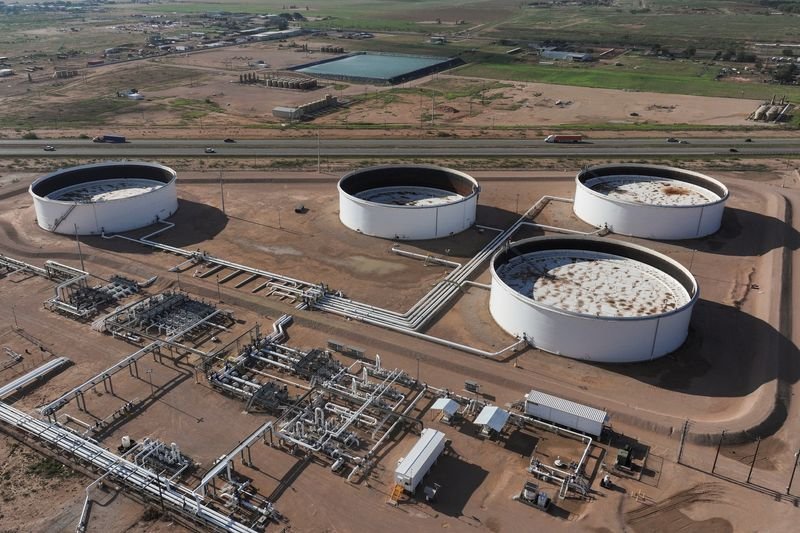Oil Prices Climb Amid Strong U.S. Demand and Continued Economic Uncertainty
The price of oil has seen a notable increase, driven by strong demand from the United States. This rise, approximately 1%, comes amidst ongoing concerns surrounding the broader macroeconomic landscape.
U.S. Demand Boosts Oil Prices
Recent trends in the oil market indicate a robust demand in the U.S., contributing significantly to rising prices. Analysts are closely monitoring the intricate relationship between supply and demand, particularly as factors such as production levels and consumption patterns evolve. The recent uptick in oil prices reflects a combination of these dynamics.
Market Reactions to Global Events
As the oil market reacts to global events, investors are keeping a watchful eye on geopolitical tensions and economic indicators. These factors often create fluctuations in oil prices, making it essential for stakeholders to remain informed. Despite the current strength in U.S. demand, the overarching economic uncertainty continues to cast a shadow over the market.
Supply Chain Challenges
One of the significant contributors to fluctuations in oil prices is the ongoing supply chain challenges affecting various markets worldwide. These challenges can disrupt production and distribution, leading to heightened prices. The oil industry is no exception, as delays and constraints impact supply levels.
The Role of Production Levels
Production levels across major oil-producing nations play a crucial role in shaping market trends. Recent data suggests that some countries are adjusting their output in response to changing demand patterns. This adjustment further complicates the market, as reduced supply can lead to increased prices, particularly during periods of high demand.
Economic Indicators to Watch
Key economic indicators can provide insights into the future direction of oil prices. Analysts often look at data such as employment rates, consumer confidence, and inflation levels to gauge the overall health of the economy. A strong economy typically corresponds with higher oil consumption, propelling prices upward.
Price Trends in Different Markets
Globally, the oil market is multi-faceted, with prices varying based on local conditions. Different regions experience distinct economic pressures, leading to fluctuations in oil prices. As the U.S. continues to show resilience in demand, other countries may face their challenges, impacting global price dynamics.
The Impact of Geopolitical Factors
Geopolitical events often have an immediate effect on oil prices. Instability in oil-producing regions can cause price surges due to fears of supply disruptions. Monitoring these geopolitical developments is crucial for understanding the potential future trajectory of oil prices.
Looking Ahead
As the oil market continues to fluctuate, various factors, including U.S. demand and geopolitical tensions, will remain influential. Stakeholders in the industry are encouraged to stay informed about these trends, as they can directly impact investment strategies and market forecasting. The interplay between demand and supply will likely dictate prices in the near future, making vigilance essential for anyone involved in the oil sector.
In summary, while strong U.S. demand is contributing to rising oil prices, the market faces significant macroeconomic uncertainties and geopolitical challenges. Adapting to these factors will be crucial for navigating the complexities of the oil market moving forward.
